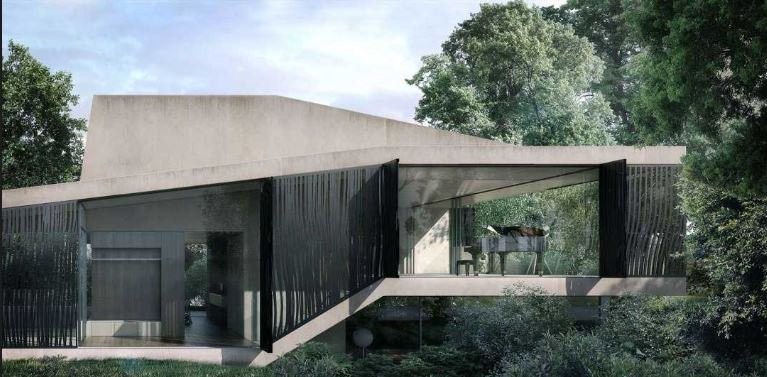The Role of Technology in Modern Architecture
Introduction to Technology in Architecture
Technology has revolutionized modern architecture, enabling architects to push boundaries and create innovative designs. From digital design tools to sustainable building materials and smart building systems, technology plays a pivotal role in shaping the future of architectural practice.

Digital Design Tools and Techniques
Advancements in digital design tools, such as Building Information Modeling (BIM) and parametric design software, have streamlined the architectural design process. Architects now use these tools to visualize complex designs, simulate building performance, and optimize spatial layouts, enhancing efficiency and accuracy in project execution. BIM, for example, facilitates collaboration among architects, engineers, and contractors, ensuring seamless integration of design and construction phases while minimizing errors and rework.
Sustainable Building Materials
Technology has spurred innovation in sustainable building materials, promoting environmentally friendly alternatives to traditional construction materials. From recycled materials to advanced composites and bio-based products, architects have a diverse range of options to reduce environmental impact and enhance building performance. These materials offer improved durability, thermal efficiency, and aesthetic appeal, supporting sustainable design principles and achieving green building certifications.
Smart Building Systems
The integration of smart technologies in buildings, including IoT (Internet of Things) devices, sensors, and automated systems, improves energy efficiency, occupant comfort, and operational management. Smart building systems enable real-time monitoring, predictive maintenance, and adaptive control, optimizing building performance throughout its lifecycle. For instance, sensors embedded in building components can adjust lighting and HVAC systems based on occupancy and environmental conditions, reducing energy consumption and operational costs.
3D Printing in Construction
Emerging technologies like 3D printing revolutionize construction processes by enabling rapid prototyping and on-site fabrication of complex structures. Architects leverage 3D printing for creating custom architectural elements, reducing material waste, and accelerating construction timelines. This technology offers flexibility in design and construction, allowing architects to explore new forms and geometries that were once challenging or costly to achieve with traditional methods.
Computational Design and Robotics
Computational design algorithms and robotic fabrication techniques enable architects to explore intricate geometries and achieve precise construction outcomes. Robotics in construction automate repetitive tasks, enhance construction safety, and enable the realization of complex architectural forms. Robotic arms equipped with advanced tools can fabricate building components with high precision, ensuring consistency and quality in construction.
Biophilic Design and Human-Centric Architecture
Technology supports biophilic design principles that integrate natural elements into built environments, promoting human well-being and connection to nature. Architects incorporate biophilic elements, such as green roofs, natural lighting, and indoor vegetation, to enhance occupant health and productivity. These design strategies mimic natural environments, reduce stress, and improve air quality, creating healthier indoor spaces that support overall well-being.
Challenges and Future Trends
Despite technological advancements, challenges such as cybersecurity risks, digital divide, and ethical considerations in technology adoption persist. Architects and stakeholders must navigate these challenges while leveraging technology’s benefits to achieve sustainable, human-centric architecture. Looking forward, the future of technology in architecture includes AI (Artificial Intelligence), sustainable urban planning, and collaborative platforms that facilitate interdisciplinary design and construction processes.
Cultural Impact and Global Influence
Beyond its technical applications, technology in architecture shapes cultural narratives and global urban landscapes. Iconic buildings powered by technological innovations become symbols of progress and innovation in cities worldwide. From the Burj Khalifa in Dubai to the Shard in London, these structures redefine skylines and enhance urban identities, showcasing the transformative power of technology in modern architecture.
Conclusion
Technology has profoundly transformed modern architecture, revolutionizing design processes, construction techniques, and sustainability practices. From digital design tools and sustainable building materials to smart building systems and emerging technologies like 3D printing and robotics. Architects have unprecedented opportunities to innovate and create buildings that are efficient, sustainable, and aesthetically compelling. The integration of technology in architecture not only enhances building performance and occupant comfort but also supports biophilic design principles and contributes to global urban landscapes. As we look to the future, embracing advancements in AI, sustainable urban planning, and collaborative platforms will further shape the evolution of architecture, enabling architects to address global challenges while creating meaningful and impactful spaces that enrich our built environment.



